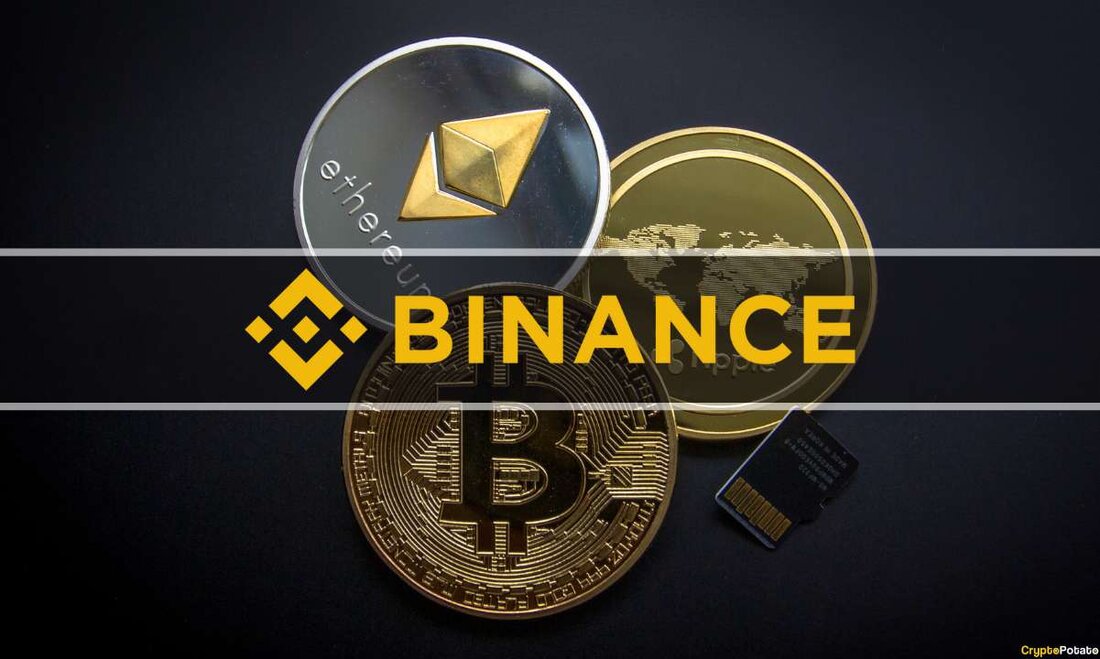Binance introduces semi-automated reserve token management
The company has switched to a “semi-automated” process to manage the reserves that back the tokens it issues. In late January, it was discovered that Binance was storing token collateral with user funds in the same wallet. Bloomberg reported that the company mistakenly stored collateral for nearly half of its 94 Binance Peg tokens (B tokens) in a single $16 billion wallet that also contained customer funds. On February 23, Bloomberg announced that Binance has now set up a partially automated process that ensures B tokens are “always transparently secured.” This is achieved via a system that “only allows new coins to be minted after collateral has been deposited into the...

Binance introduces semi-automated reserve token management
The company has switched to a “semi-automated” process to manage the reserves that back the tokens it issues. In late January, it was discovered that Binance was storing token collateral with user funds in the same wallet.
Bloomberg reported that the company mistakenly stored collateral for nearly half of its 94 Binance Peg tokens (B tokens) in a single $16 billion wallet that also contained customer funds.
On February 23, Bloomberg announced that Binance has now set up a partially automated process that ensures B tokens are “always transparently secured.” This is achieved through a system that “allows new coins to be minted only after collateral has been added to the corresponding wallet,” it added.
Binance is moving to a “semi-automated” system for monitoring the reserves it backs tokens it issues, after years of mismanagement https://t.co/Vlk0HqdUfG
— Bloomberg Crypto (@crypto) February 22, 2023
Binance B token transparency
A Binance spokesperson told the outlet that the exchange has been moving the collateralized assets to dedicated wallets in recent weeks. There is one for each network that shows the 1:1 support of each asset. They added:
"This collateral has always secured our users' B-Token assets and was available for withdrawal at any time. We now simply show it on-chain in dedicated wallets, where it remains until needed."
The move could be a public relations exercise to increase reserve transparency amid a regulatory crackdown on centralized exchanges.
The semi-automated system could allow Binance to intervene should an incident impact B token reserves, Bloomberg speculated.
Blockchain data firm Kaiko's research analyst Conor Ryder said it still gives them the option to flick the switch if the worst comes to the worst, before adding:
“But it is not an ideal fully automated system, and we have seen before that Binance has mismanaged the type of minting process that occurs here.”
He concluded that a fully automated process would be ideal to ensure something like this doesn't happen again. “There may still be an element of trust that needs to be placed in Binance and its management of these reserves,” he said.
Implement zk proofs
On February 10, Binance improved its proof-of-reserves system by implementing zero-knowledge proofs in the form of zk-SNARKs.
It allows users to check that the total net balance of each account is non-negative. It also shows that all user assets are part of Binance’s total claimed net balance.
Zk-Proofs are a cryptographic method to prove the validity of a statement or data without revealing the data or statement itself.
.

 Suche
Suche
 Mein Konto
Mein Konto
